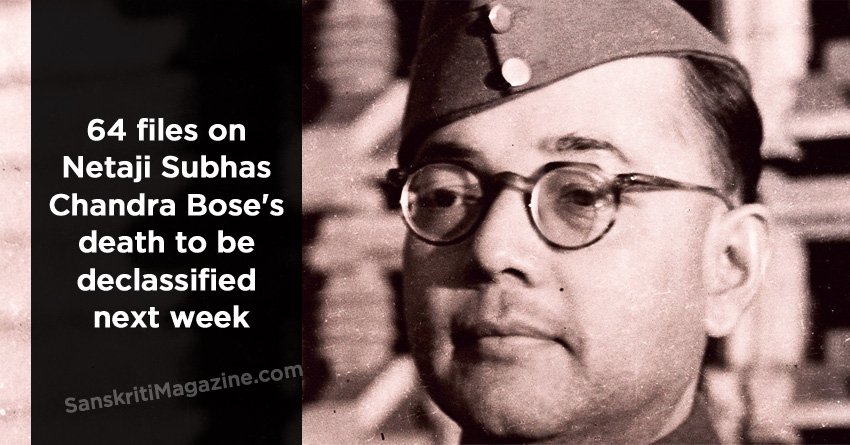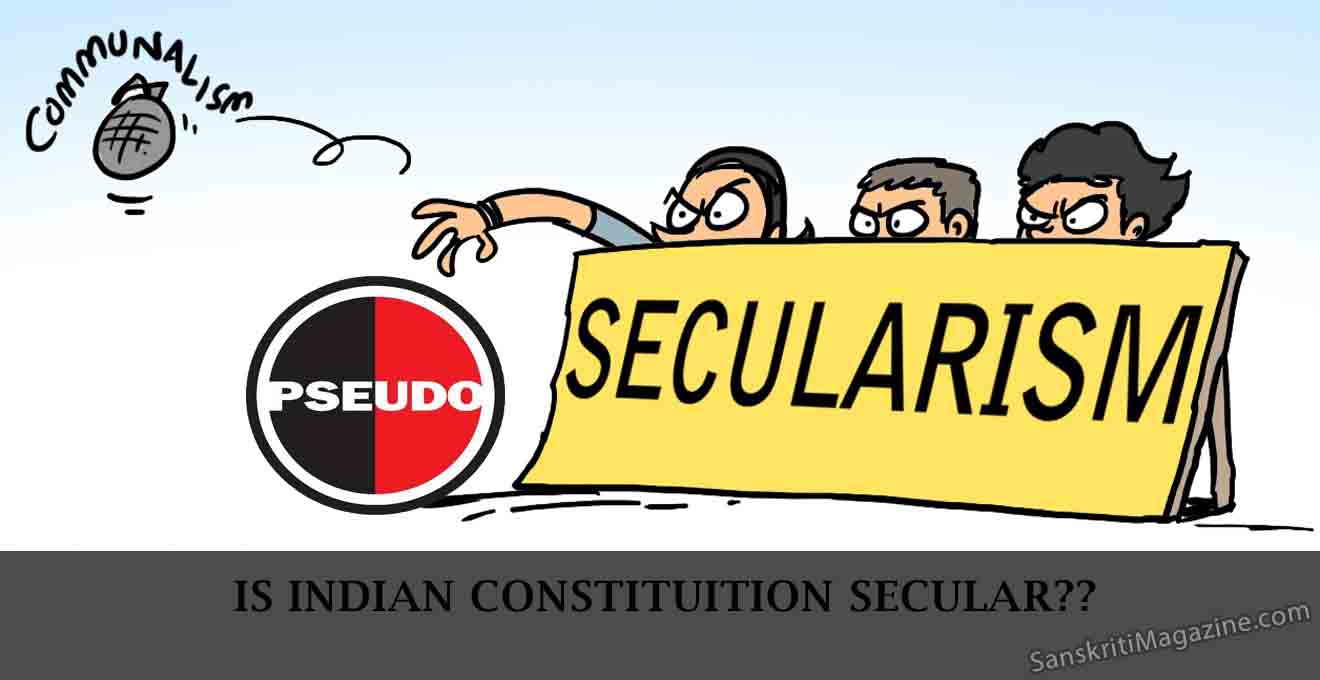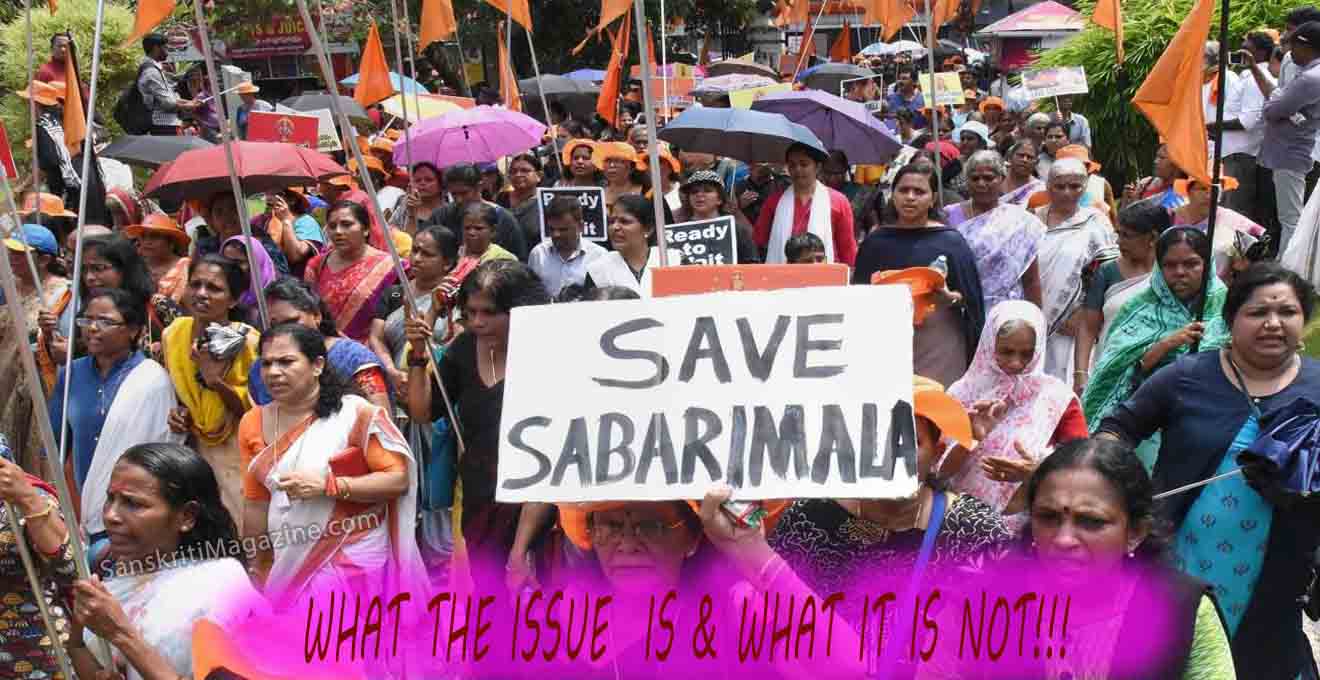The West Bengal government will declassify 64 files related to the death of legendary freedom fighter, Netaji Subhas Chandra Bose, next Friday.
70 years after his mysterious disappearance, Netaji’s story is an enigma that continues to haunt the popular imagination in India. Did he die of third-degree burns on August 18, 1945, after his plane crashed in Formosa (now Taiwan) or did he survive and escape to Siberia? Or was the “crash” a mere hoax to help him flee to safety?
The questions have been haunting, agitating and engaging Indians, in particular Bengalis, for 70 years, but the mystery endures. A section of Netaji’s descendants, including his daughter Anita Pfaff, as also some Indian National Army (INA) veterans, hold that the revolutionary leader perished in the accident and his ashes have been interred at Tokyo’s Renkoji temple.
But a large number of Netaji’s admirers, researchers and family members don’t buy the theory.
During her visit to Kolkata in 2013, Pfaff said she was convinced that he died when the Mitsubishi Ki-21 Japanese heavy bomber Netaji boarded at Saigon with his close aide Col. Habibur Rahman on August 17, 1945, purportedly to shift base to the erstwhile Soviet Union and continue his fight for India’s independence, crashed in Japanese-occupied Formosa.
“It would be the perfect homecoming for him if the ashes are brought to India. His ashes should be immersed in the river Ganges,” Pfaff had said.
Netaji’s grand nephew and Harvard University professor Sugata Bose is another big votary of the crash theory and has detailed his viewpoint in his book ‘His Majesty’s Opponent’. Bose bases his arguments on “overwhelming evidence”, citing the testimony of six of the seven survivors of the crash as also that of doctors and paramedics who treated Netaji at the Taipei Military Hospital.
The Indian government’s three attempts to unravel the mystery by constituting probe panels – Shah Nawaz Khan Committee (1956), GD Khosla Committee (1970) and the Justice MK Mukehrjee Commission which submitted its report in 2006 – have only fuelled the debate. While the first two panels concluded Bose perished in the Taipei crash, the Mukherjee Commission debunked the theory.











